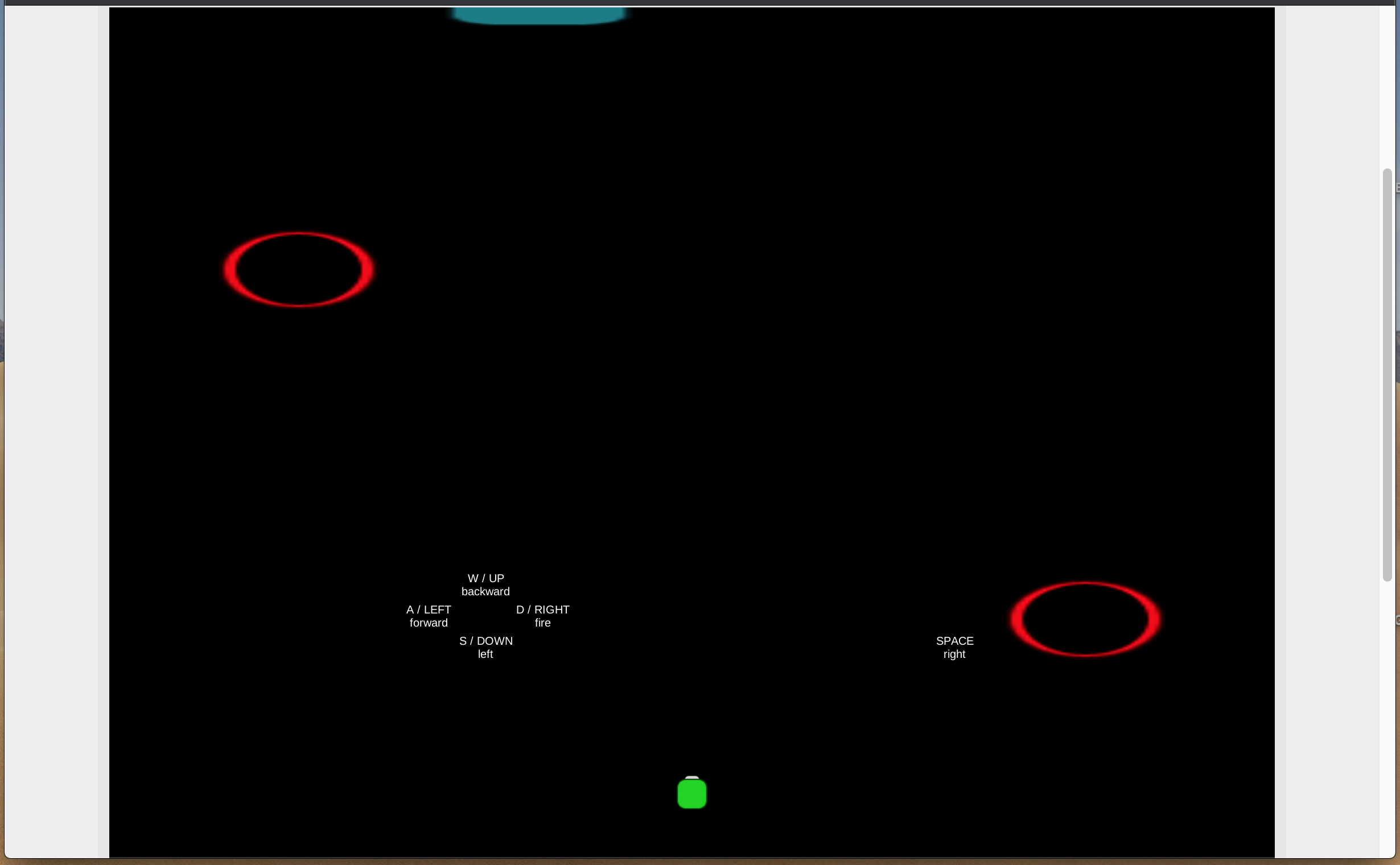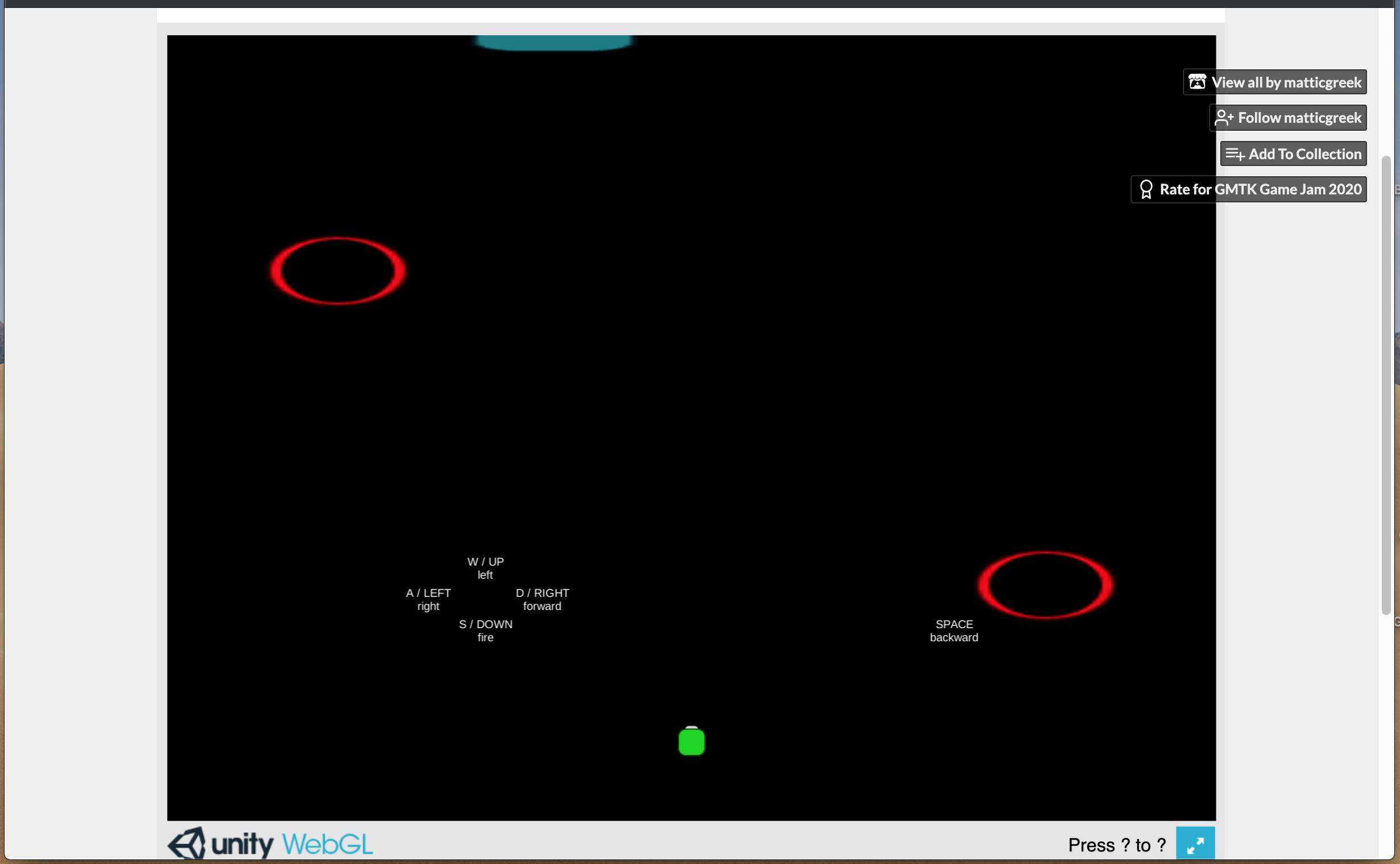The mild eye strain was temporary and not so extreme as it may sound. It could be partly that my eyes were somewhat tired at the time as well. That said, I did have to get my face within a 1ft of the screen to be able to read it quickly enough. It might really be a display bug on the Mac as you said, though, since the texts did not seem to fit cleanly into the boundaries around them. Some sections’ text took up only a 1/10 of their spaces, and yet the customer dialogues actually seemed to extend to its edges. The fact that zooming doesn’t help also suggest so.
I’ve gone through my whole queue list +1 now (so 26 in total) and probably won’t be revisiting them for the time being. I’m also primarily on a Mac and don’t really feel like digging up my older Windows machine just to test one thing in a jam game. Perhaps someone with easy access to both can test for it?
In any case, putting aside the text display bug, I think it would still be better for “flow” purposes to have things be easy to process and act on. I understand the idea of making it feel a bit frenzied and hectic to be out of control, but I feel like making the UI and layout intuitive should still be a baseline. You have many other knobs to create the frenzy effect with here, and you’d probably prefer for the player to know exactly what to do but struggle to keep up vs. struggle to know what to do.
Plus, I personally believe that UX/UI should always be as intuitive as possible. Not to be confused with control scrambling gimmicks and visibility hindering vfx in some games, as those are actual gameplay elements in disguise. UX/UI is the player’s first direct contact point with the game, the channel of communication itself. The challenge should be within gamplay and game content rather than in the player’s ability to interact with the game to begin with. This is just my opinion on it, though.
All that said, as mentioned in the original comment, I do think this would have been fun for me if the UX/UI aspects were addressed. As you said, it’s not perfect, but it is a good showing. A lot of work went into this, implementation-wise and assets-wise. Having insufficient time to test and polish everything is kind of the nature of game jams to begin with. It’s part and parcel with the challenge, and you were able to clear it. You all absolutely should feel proud. Of course!




